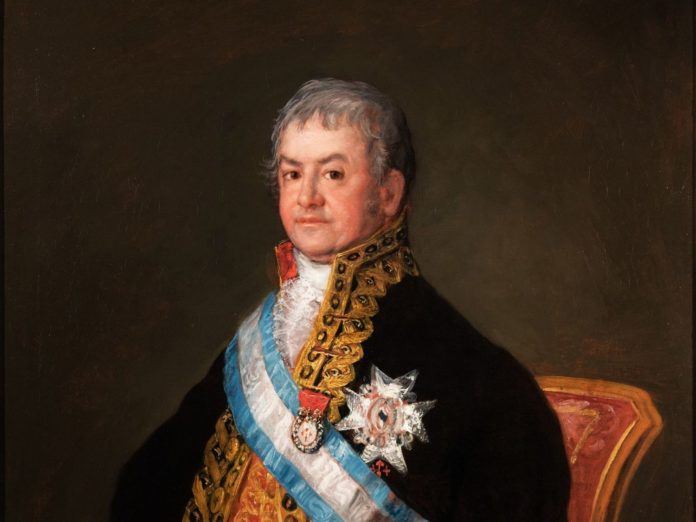
The Huntington Library, Art Museum, and Botanical Gardens announced that it has acquired a historic portrait by Spanish master Francisco José de Goya y Lucientes (“Goya”) (1746–1828). Portrait of José Antonio Caballero, Second Marqués de Caballero, Secretary of Grace and Justice was painted in 1807, a time when Goya was renowned for his portraits of the Spanish nobility and just before the Napoleonic invasion of Spain profoundly altered the nature of his later work. While The Huntington holds a number of Goya’s etchings and aquatints, Portrait of José Antonio Caballero is the first Spanish oil painting to join The Huntington’s art collection and will complement its extensive holdings of Library materials on Spanish imperial history. The painting—which will go on view in the Huntington Art Gallery on Nov. 29, 2023—is The Huntington’s third masterpiece acquired through a gift from The Ahmanson Foundation.
“Once again, The Ahmanson Foundation has proven to be an invaluable strategic partner, helping us reach our goals of broadening our collections with significant works and inviting new, interdisciplinary connections,” Huntington President Karen R. Lawrence said. “We couldn’t be more grateful to them for making possible the acquisition of such a superb and historically significant masterpiece.”
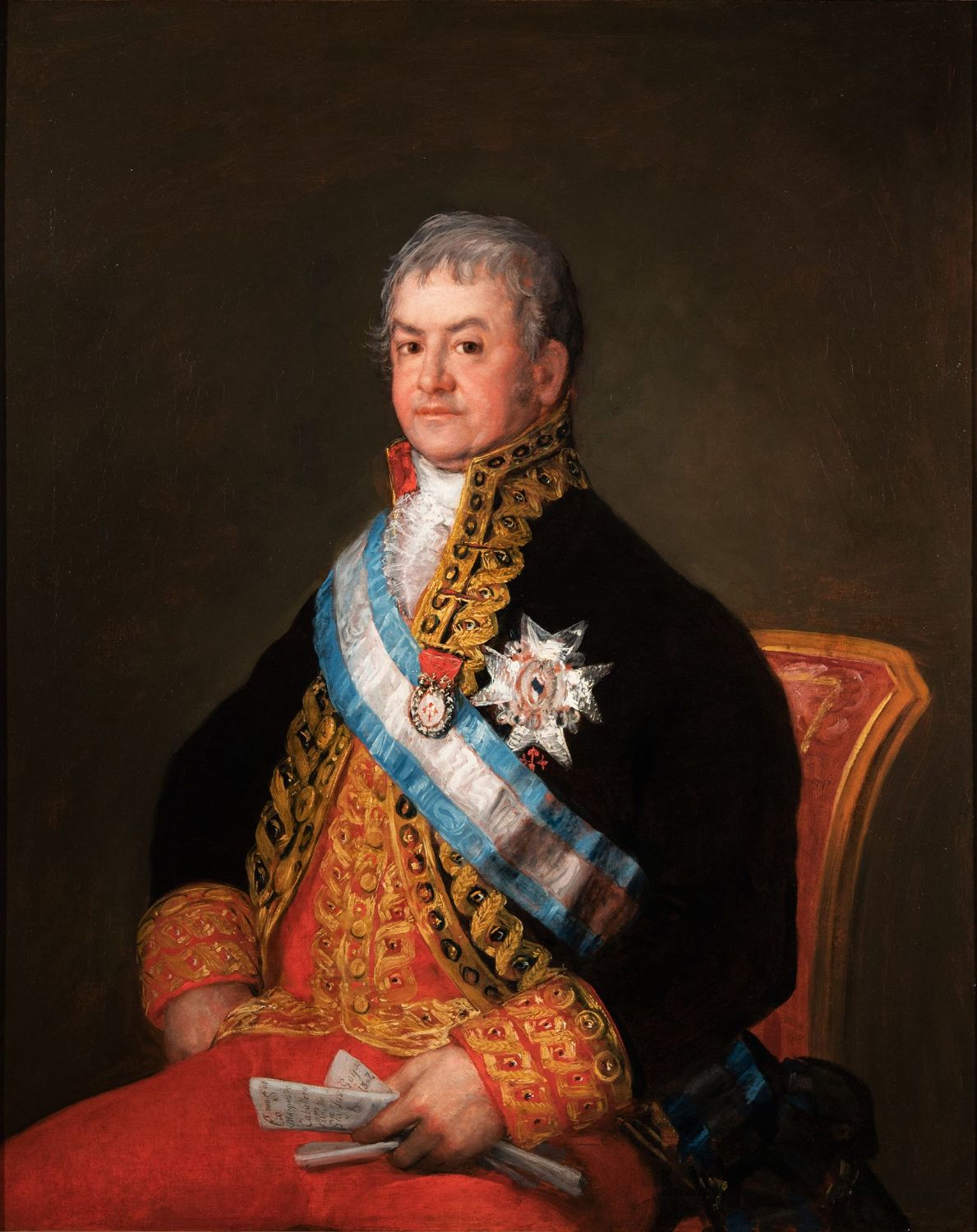
Considered one of the last Old Masters and one of the first and most influential great modern painters, Goya was celebrated during his lifetime for his ability to capture his subjects’ innermost personalities as well as their grandeur and political power—albeit with what has been perceived as an occasional layer of satire. He is also acclaimed for his virtuosic painterly style; flickering, impressionistic brushwork; and, in his later years, revolutionary subject matter.
Trained in Madrid and inspired by travels in Rome, Goya became a Spanish court painter in 1786, and he soon became known for such royal and aristocratic portraits as Portrait of José Antonio Caballero. But after the 1808 French invasion of Spain that began the Napoleonic Wars, Goya turned his artistic attention to portraying the horrors of war in paintings and prints.
“Portrait of José Antonio Caballero is historically fascinating and a prime example of Goya’s genius as a portraitist,” said Christina Nielsen, the Hannah and Russel Kully Director of the Art Museum at The Huntington. “Along with the exquisite French portrait by Élisabeth Louise Vigée Le Brun acquired with The Ahmanson Foundation last year, it will add an important international perspective to our outstanding collection of 17th- and early 18th-century British portraits.”
The Ahmanson Foundation funded The Huntington’s acquisition of Portrait of Joseph Hyacinthe François-de-Paule de Rigaud, comte de Vaudreuil (ca. 1784) by Vigée Le Brun (1755–1842), the most important female artist of 18th-century France, in 2022, and the monumental Portage Falls on the Genesee (ca. 1839) by Anglo American painter Thomas Cole (1801–1848) in 2021.
The sitter in the Goya painting, José Antonio Caballero (1754–1821), was from the minor nobility in Spain. He studied law and went on to a successful career in the royal court, holding four secretary positions. His accomplishments included convincing King Charles IV of Spain to conduct a vaccination campaign against smallpox that extended to the Spanish territories in North and South America and Asia. Goya painted the portrait when Caballero was the secretary of state and had just inherited the title of Marquis de Caballero from his uncle.
In the portrait, Caballero is depicted in a highly decorated ministerial uniform and seated in a red armchair. His black coat and bright red waistcoat are extensively embroidered with gold decoration. He looks directly at the viewer, conveying a sense of stature and power, with his right hand at his waist and his left hand holding papers. A powder-blue-and-white sash is draped across his chest, pinned with the Order of the Grand Cross of Charles III. The bright white insignia of a knight of the Order of Santiago is pinned to his coat.
Portrait of José Antonio Caballero will be installed in the Huntington Art Gallery, the former residence of founders Henry E. and Arabella Huntington, in a paneled room that was once Henry Huntington’s private office.




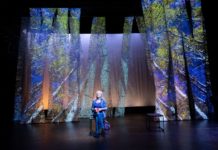

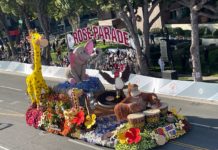

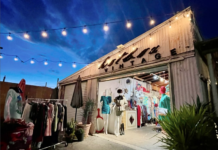
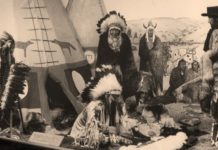


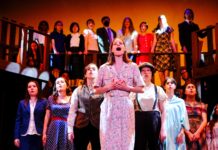



.png)






